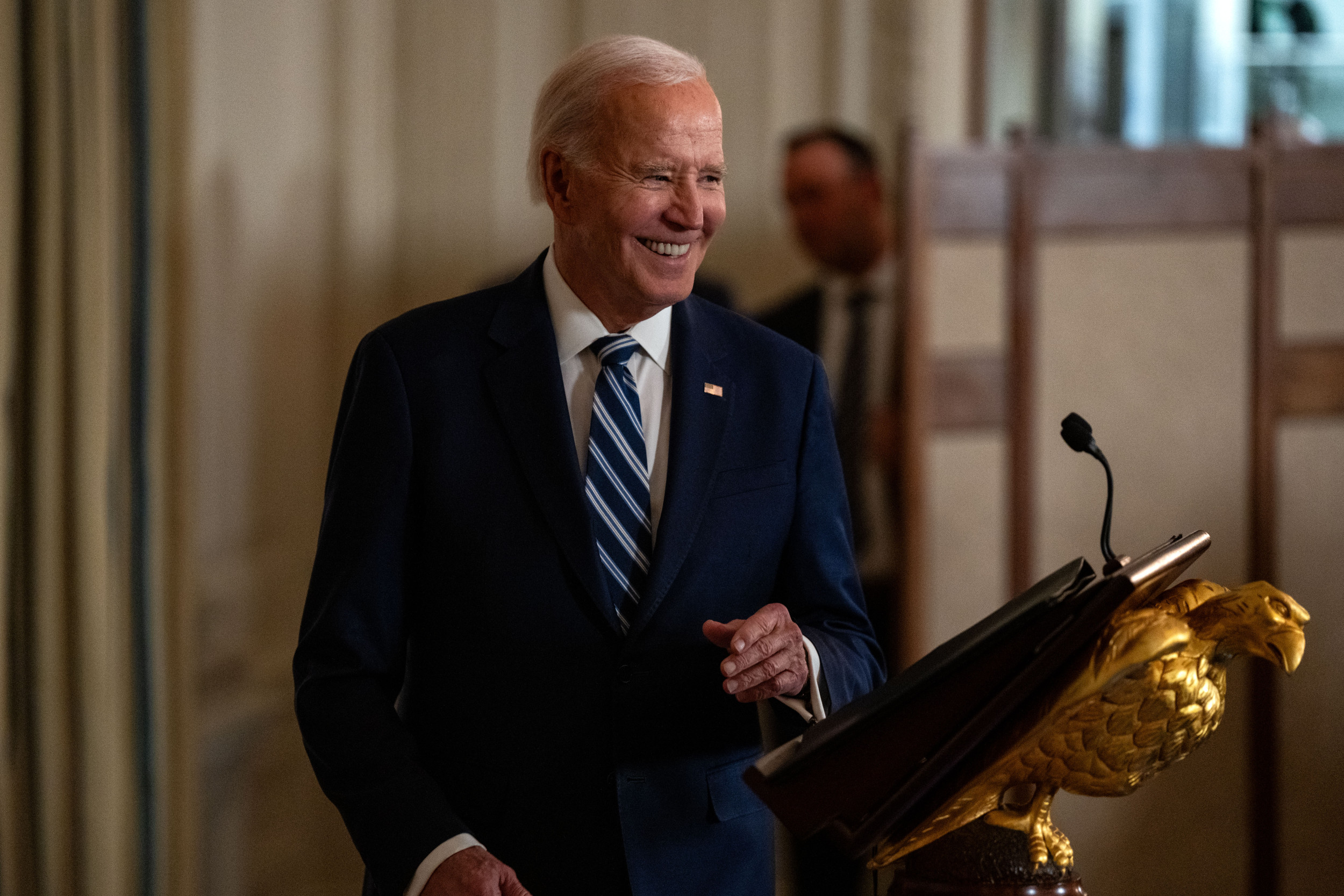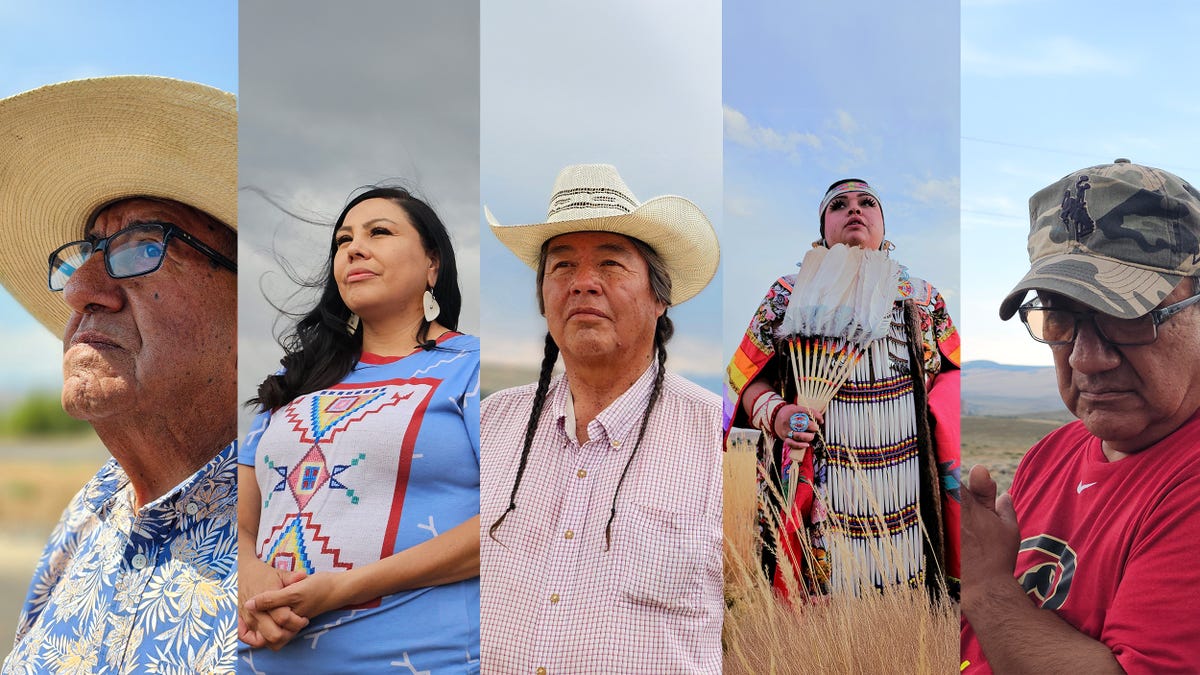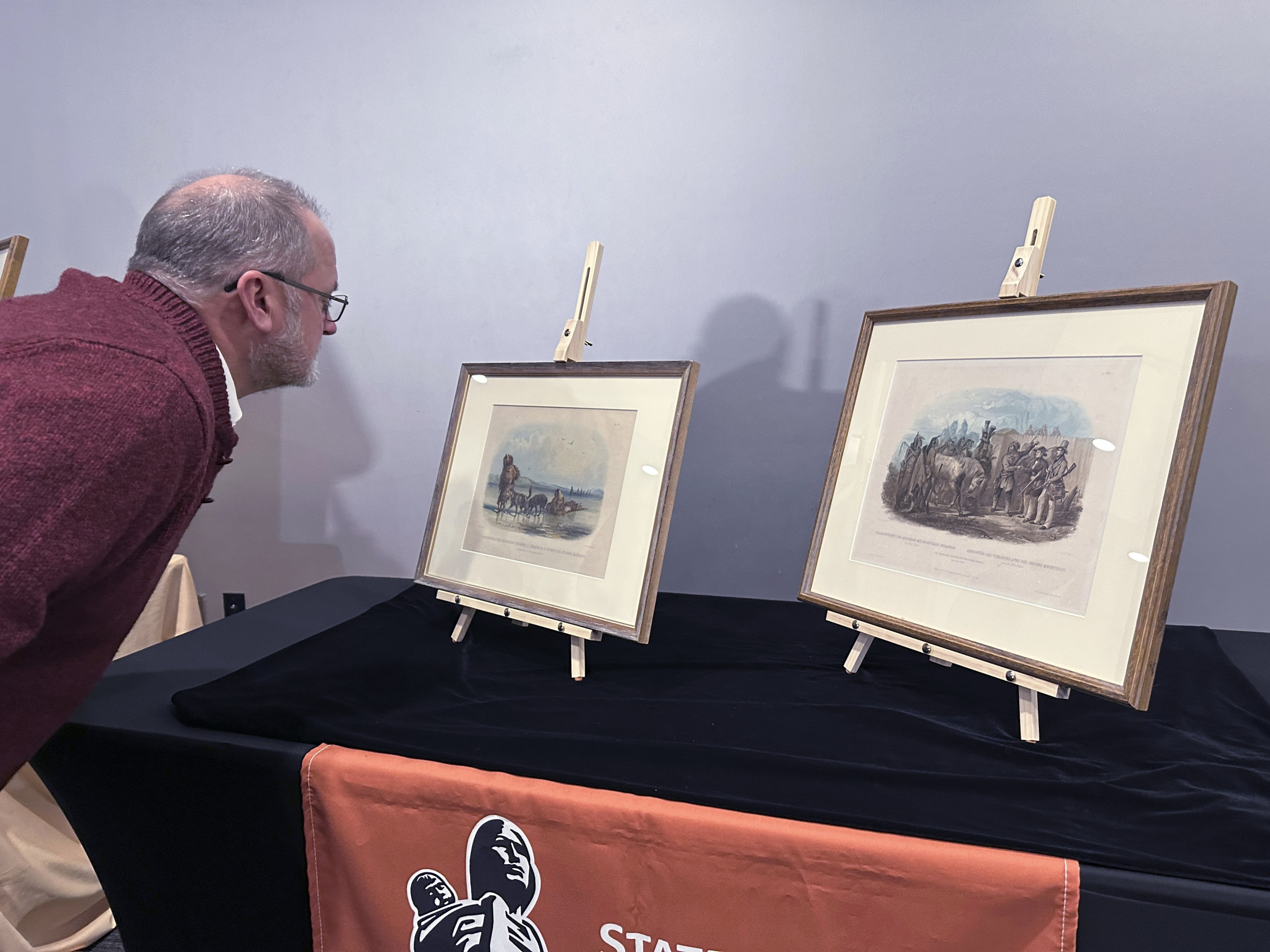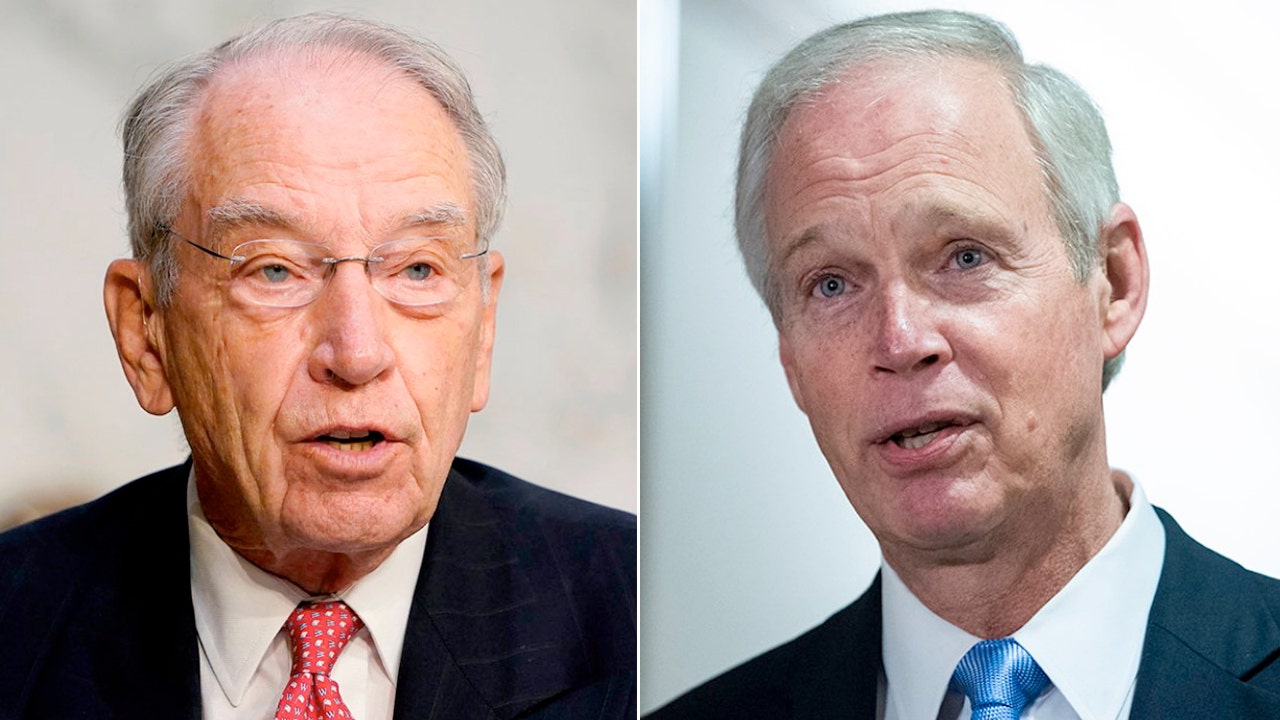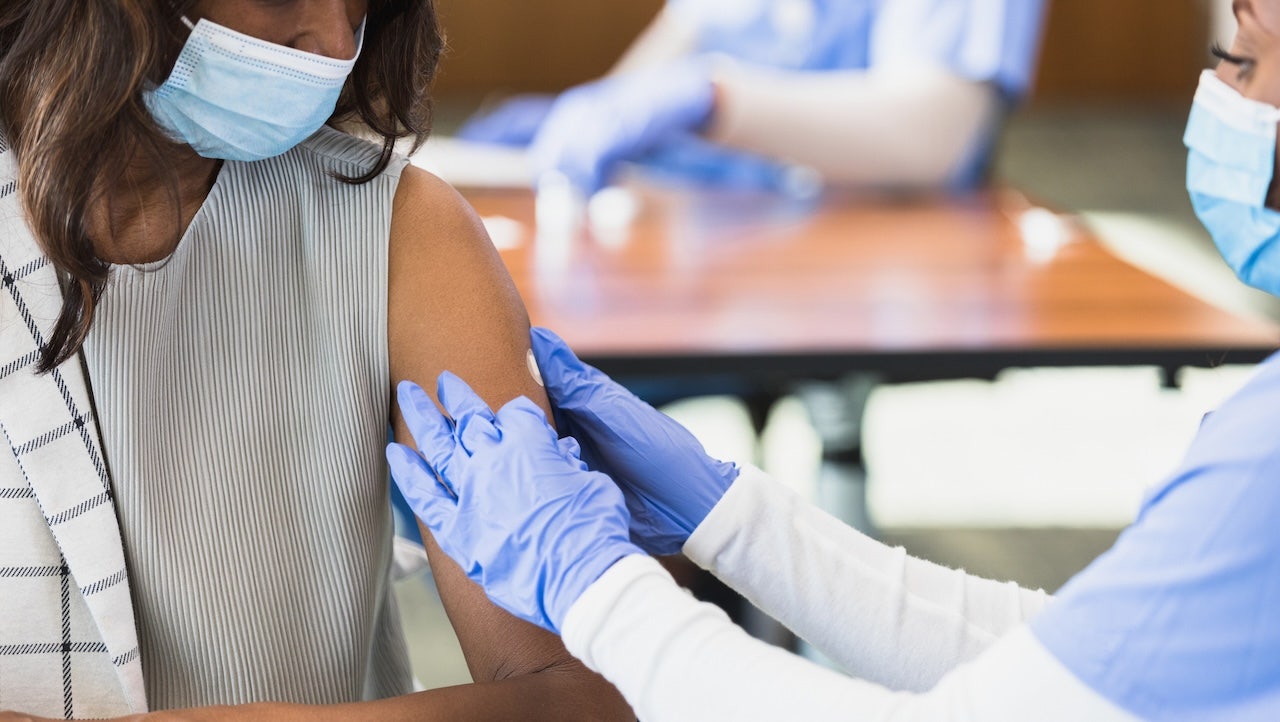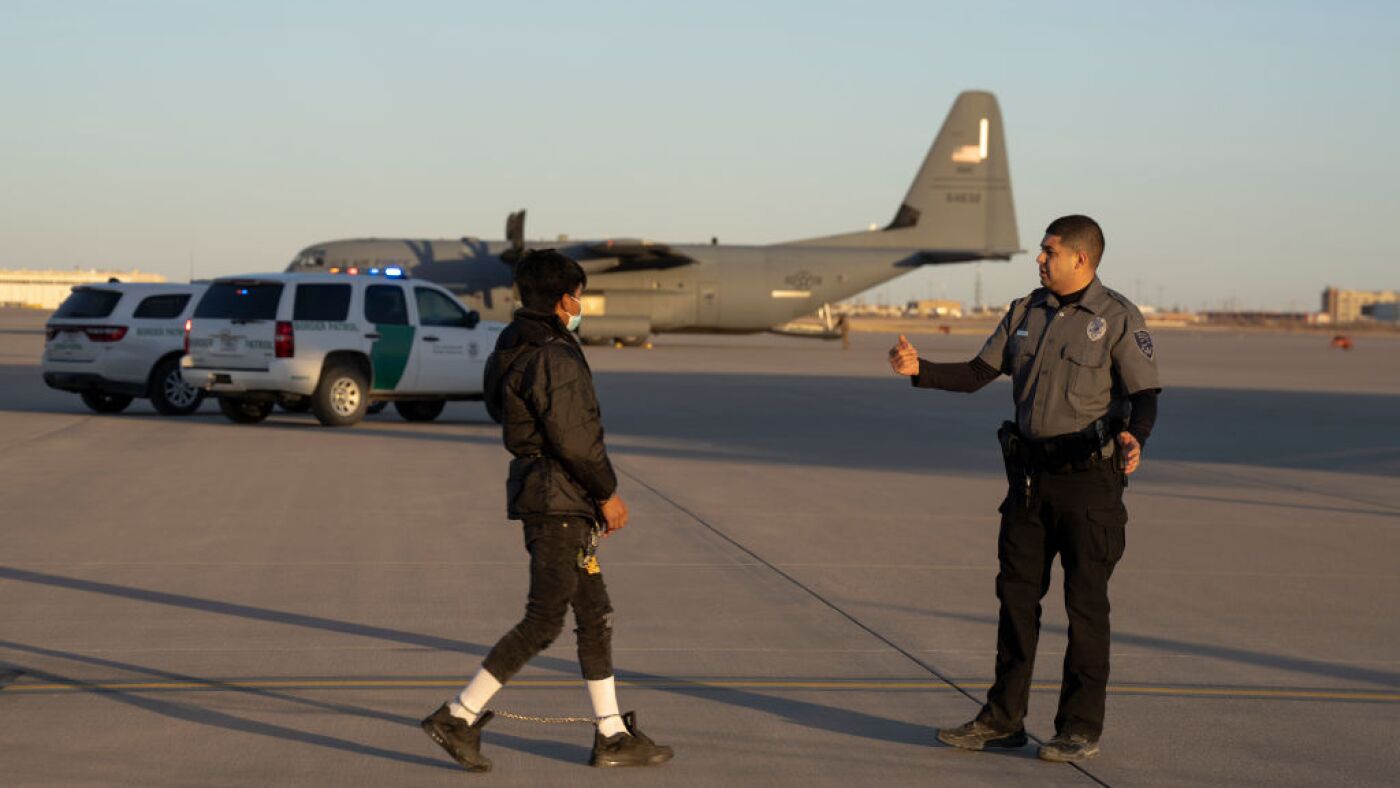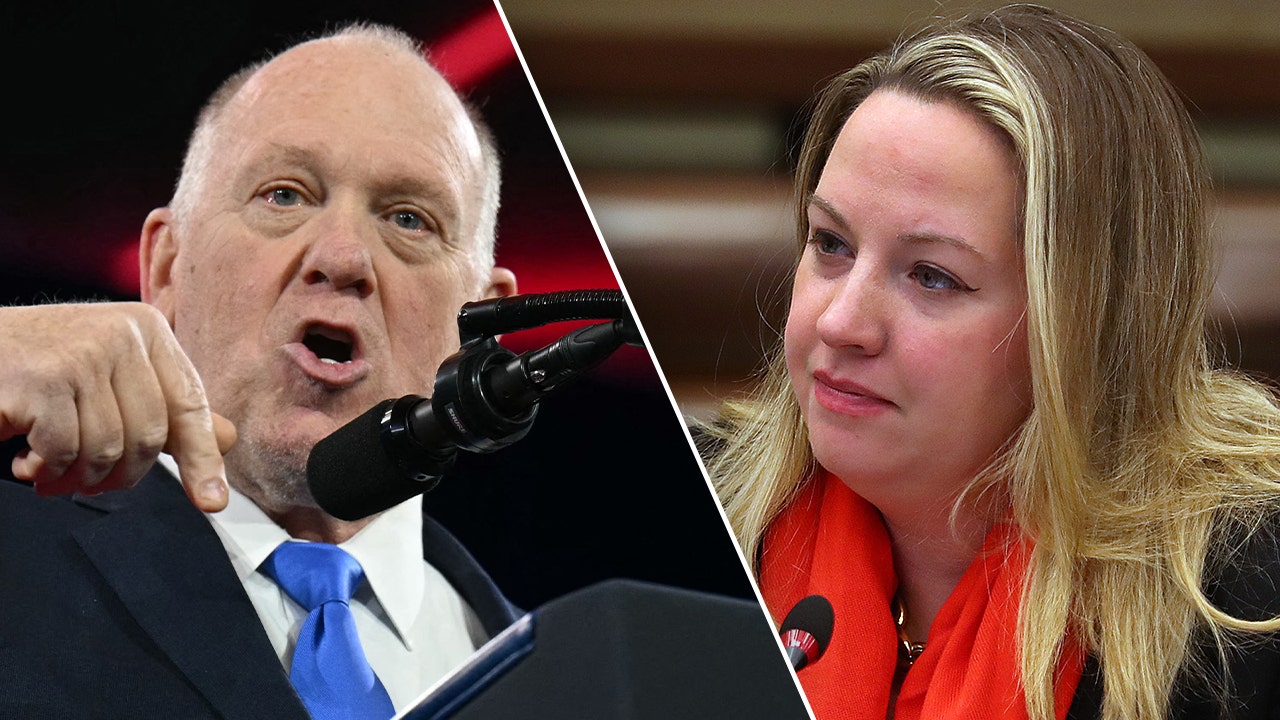Wisconsin
University Of Wisconsin-Madison To Cover Full Cost Of Undergraduate Degree For In-State Native Students

The University of Wisconsin-Madison announces it will cover the cost of an undergraduate education … [+]
getty
Beginning in the fall of 2024, the University of Wisconsin–Madison (UW-M) will cover the full cost of an undergraduate degree for Wisconsin residents who are members of federally recognized Wisconsin Indian tribes, the University announced on Monday.
The offer will pay eligible students’ tuition and fees as well as their housing, meals, books and other educational expenses.
In addition, a 5-year pilot program will cover in-state tuition and fees for J.D. (law) and M.D. (medical) students who are in-state residents and members of federally recognized Wisconsin tribes.
The timing of the announcement comes just days after the Universities of Wisconsin System agreed to a controversial deal with Republican lawmakers that would limit the university’s diversity, equity and inclusion (DEI) efforts in exchange $800 million in new state funding.
Dubbed the Wisconsin Tribal Educational Promise program, the initiative relies on no taxpayer funding, according to UW-M’s announcement. Instead, it will be funded through other institutional resources and private donations.
Student eligibility for the program will not be based on financial need; support will be provided regardless of family income. Beginning next fall, the program will cover students already on campus in addition to new students.
The university reports its current cost of an undergraduate undergraduate for Wisconsin residents to be $28,916 annually. The new program will provide four years of financial support for students entering as freshmen and two years of support for transfer students.
For professional students pursuing a J.D. or M.D. degree, the pilot program will pay the cost of in-state tuition and fees, but not books or living expenses. Currently, tuition and fees are $35,197 annually for J.D. students and $42,198 for medical students. The program will cover three years of resident tuition for full-time J.D. students and four years for M.D. students.
“As a university, we are deeply committed to a future of mutual respect and cooperation with the American Indian tribes in Wisconsin,” said UW-M Chancellor Jennifer L. Mnookin, in the announcement. “This program is another tangible, meaningful step in that direction.”
In developing the program university leaders consulted on several occasions with the Great Lakes Inter-Tribal Council, a consortium that includes the tribal chairperson or president of each of the 11 federally recognized American Indian tribes in Wisconsin.
“The creation of this program marks a significant step in the partnership between the American Indian tribes in Wisconsin and the University of Wisconsin–Madison,” says Shannon Holsey, president of the Stockbridge-Munsee Band of Mohican Indians and chairwoman of the Great Lakes Inter-Tribal Council. “While several other states have programs with similar goals, we are not aware of another effort that goes this far financially to help Native students afford higher education. This program sends a strong message that our students are important to the state’s flagship university.”
The university was not able to provide a preliminary estimate of the cost of the program primarily because it’s not known how many new students who qualify for the aid will enroll.
According to the Milwaukee Journal Sentinel, about 650 UW-Madison students currently identify as American Indian, but that number includes Native American students from other states as well as some students who don’t meet the program’s documentation requirements.
With the offer, UW-M joins a growing number of institutions in states such as Colorado, Oregon, California, Montana, Michigan, Minnesota and Maine recently introducing financial aid programs to cover or substantially reduce undergraduate tuition in an attempt to improve college attendance and completion rates for Native American students. But the Wisconsin program is among the most generous because it covers the total cost of education rather than tuition only, which is the case with most other programs.
According to the Postsecondary National Policy Institute, only 22% of Native Americans ages 18 to 24 were enrolled in college as of 2020, compared to 40% of the overall U.S. population of the same age, and Native undergraduate enrollment declined by 40% between 2010 and 2020. Supporting more Native Americans to participate successfully in college has been the goal of national organizations such as the Native Forward Scholars Fund (formerly the American Indian Graduate Center) and the American Indian College Fund, both of which focus on providing financial aid and other support services to Native Americans.

Wisconsin
Wisconsin Inspire Skating headed to National Championship

MADISON, Wis. (WMTV) – The 2025 U.S. Synchronized Staking Championships are this Saturday in Colorado Springs and a local team is one of the 98 teams competing.
Wisconsin Inspire Intermediate Synchronized Skating team will represent the state at intermediate Nationals, after they placed second at sectionals.
Last season, Inspire took fourth at Nationals and return a majority of skaters this season. The skaters are from Beaver Dam, Madison and Milwaukee-areas. Due to limited rink availability, Inspire travels between all three cities to practice.
Seventeen-year-old Cameron Johnson has competed at nationals four times. He gets into a flow state while competing.
“I black out during performances, but you enter this sort of like flow state where everything is kind of happening in the moment,” Johnson said. “Moments come and go, but you know you’re present within each one and in those types of moments and those types of areas, it really it’s just such a great experience. And it’s just, it just comes right out and it’s really fun to dance and do choreography.”
Coach Megan Roquet added what an honor it is to represent the state at nationals.
“We’ve heard so much from other members of the skating community how honoured they are to have us going, the nationals representing Wisconsin and the Madison-area and southwest Wisconsin as a whole,” Roquet said. “So we know we’ve got a lot of people support, which always helps us and it’s it’s an honor.”
Wisconsin Inspire will compete on Saturday.
Click here to download the WMTV15 News app or our WMTV15 First Alert weather app.
Copyright 2025 WMTV. All rights reserved.
Wisconsin
How more than 300 members of Immanuel Lutheran made the dream of a new church a reality
Reporter Caitlin Shuda, a lifelong member of Immanuel Lutheran, shares how volunteers have been working for decades to build a new church in the community.
WISCONSIN RAPIDS − Here’s the church, here’s the steeple, open the doors and see all the people who spent the last few decades planning and preparing for our newly-built Immanuel Lutheran Church.
As a lifelong member, I remember people talking about building a new church for most of my life.
In our new church, we won’t have these stairs to climb. So-and-so would be able to worship again in a more accessible building. In our new church, we’ll have more space, and we could expand this class or community event. Someday, we won’t need these nets and tennis rackets to catch bats flying overhead during the sermon.
Conversations and discussions around member and community needs became a little more tangible when we purchased land in 2007, and those conversations and discussions continued for the next 16 years. There were disappointments and frustrations. There were also revelations and breakthroughs.
The latest plans started rolling the last few years as we worked through designs for an event center and church. Those discussions evolved into action as we broke ground in July 2023, then moved from Eighth Street to our Mission Center in August 2024 while windows, organ pipes, repurposed pews and other items were moved and secured at the new site. Now, Immanuel has opened at 1517 24th St. S., bringing to life the vision of the last few generations across the last few decades.
Every time I walk into the new church, whether to rehearse with the choir, get some practice time in on the organ or to help set up chairs for worship, my heart expands. I take in the glow from the stained-glass windows, the height of the organ pipes, the thoughtfully refurbished altar, the notes that hang in the air at the end of a song. I see home. I see pieces of so many people I love who put so much of their hearts and souls into this space.
I spent the last week ahead of the church’s official opening talking with members of the church who have been working for decades to make this dream a reality. Here’s what they had to say.
‘Our members have been dreaming about this space for 30 years’
About 250 members of Immanuel were involved in the planning stages, from teenagers to the oldest generations, offering suggestions and requests of what they wanted to see in a building, said Jonathan Blum, Immanuel’s facility administrator. When it came to the construction phase, more than 300 members actively helped in some shape or form, he said.
Rev. Tim Ritter, Immanuel’s senior pastor, said while previous rounds of building plans included a few renderings and smaller building committees, Immanuel took a different approach this time, holding listening sessions to learn what members wanted, essentially making the entire congregation part of the building committee.
“Our members have been dreaming about this space for 30 years,” Ritter said.
The longer Immanuel waited to build, the clearer it became to members that between space, accessibility and the state of the building, it was time for a new home.
Dennis Hall, a member of Immanuel, said he has been involved since the day he and his wife, Patty, joined almost 49 years ago, often with maintenance needs. He said a new church means a new beginning for Immanuel with something fresh, without needing to worry about the steps, fixing the elevator, making sure the boiler is running, and every other issue on his checklist at the old church building.
‘It’s a labor of love’
As construction began, Immanuel organized several volunteer groups to help on site, Blum said. About 60 people made lunch for construction crews every two weeks. About 70 members helped clean at the work sites and completed buildings. Other members have been around regularly to help with whatever needed to be done, some almost daily, with some spending more than 20 hours on any given week to help, Blum said.
Cyndi Knorr, a lifelong member, said she initially got involved with the group that fed the builders once construction started, and she joined the cleaning crew. The timing of construction allowed Knorr to be more involved, since she’s retired and has more time to volunteer.
Timing worked out well for Nell and John Slinkman, too, now retired members who joined Immanuel in the early 1980s. They helped design the coffee area and lead the committee that fed the builders. Nell Slinkman was on a committee focusing on accessibility, and John Slinkman was on a committee that repurposed wood from the pews and he helped put the baseboards in the sanctuary.
Hall said he was part of every planning group Immanuel organized, starting with the first planning group 30 years ago, as well as the second one that followed. He served as a liaison for the third and said this effort was Immanuel’s fourth shot. This time, he shared his thoughts and expertise on blueprint designs early on, and he helped dismantle and install various parts of the church.
“It’s a labor of love, that’s what it is,” Hall said.
Blum said Immanuel has been encouraging members to get involved with a sense of ownership, and this project has shown how members took that to heart, sharing what they wanted in a new building, rolling up their sleeves and helping make it happen. Blum said everything moved so quickly, and it was often hard to keep up with all of the work done by volunteers.
“Before you even had the next task ready, you had people willing and waiting to help,” he said.
Blum said one of the most visible pieces of member involvement involves the cross at the front of the sanctuary. He said Immanuel planned to use wood from trees that had been on the property to build a cross, but those plans fell through. He turned to Hall for any ideas.
Hall said Blum asked him if he could build a cross for the front of the church, and since he had a lot of barn beams in his own barn that various people have given him over the years, he had plenty of options. He ultimately dug up a barn beam that was more than 100 years old that someone had donated to him about five years ago. All it took was a bit of cleaning up and a few coats of varnish, Hall said, and Immanuel had its new cross.
“The fingerprints of our congregation are all over this place,” Ritter said.
‘It’s being a part of something bigger than me’
Hall said he has been awestruck many times throughout the project, especially as it approached its official opening. He has been at the building almost every day in the last three weeks leading up to the opening, and every time he came in, there was something new. The completion of the church building means Immanuel is finally home, he said.
A few days before the church officially opened its new doors, Jerry Herman sat in the church’s welcome area and looked around at the space. He said he had been so focused on the work up to that point that it was nice to stop and look at how far the project has come. Herman said it felt like just yesterday members were gathered out in the middle of an empty field on a hot summer day, breaking ground for the project, and now the official opening was on the horizon. The thought of the last couple of years made Herman feel a sense of pride, community and ownership.
“It’s being a part of something bigger than me,” he said.
Nell Slinkman said the greatest part of the project has been the idea of leaving a legacy behind not only for her family, but for the church and community for generations to come.
Immanuel not only built a new sanctuary for worship, but it built a new building for the community. Blum said the entire plan for the property on 24th Street centered around community and welcoming everyone.
Hall said the entire project was created with community in mind, and he hopes they come in to see it.
“There’s an open door whenever they want to come in,” Hall said. “We built it for them.”
Contact Caitlin at cshuda@gannett.com or follow her on Twitter @CaitlinShuda.
Wisconsin
Packers invite Wisconsin schools to apply for ‘Taste of the Draft’ nutrition grants – Clone
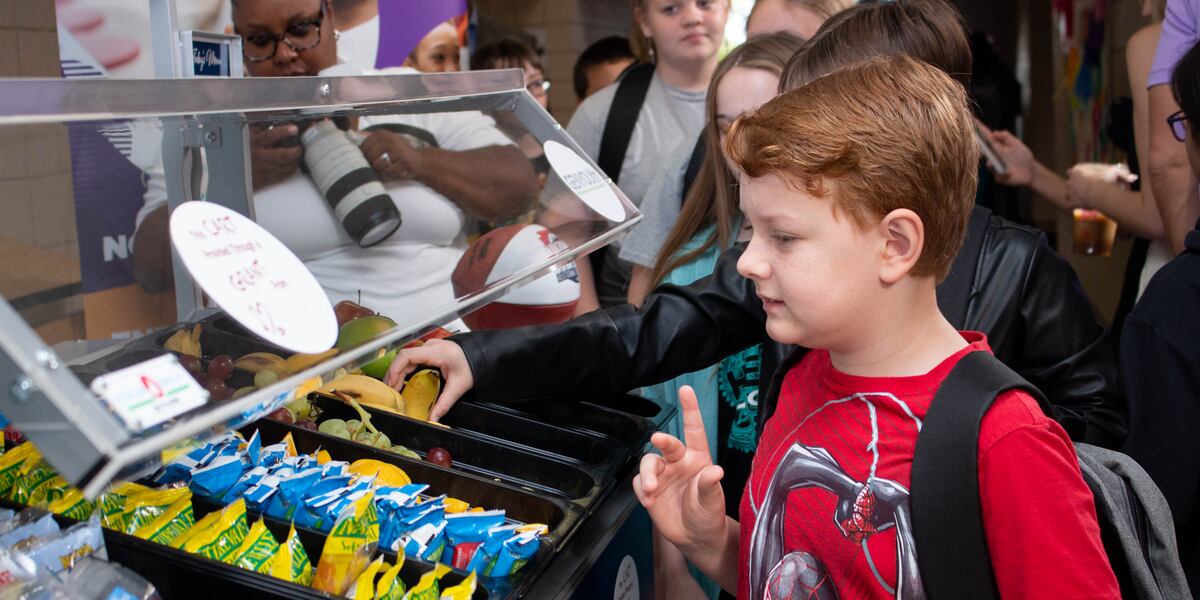
GREEN BAY, Wis. (WBAY) – As part of the first-ever philanthropic culinary ‘Taste of the Draft’ event, held in conjunction with the 2025 NFL Draft in Green Bay, Wisconsin schools are invited to apply for a Taste of the Draft School Nutrition Grant.
The grants are aimed at enhancing student access to nutritious school meals, which include milk, fruit, vegetables, whole grains and lean protein. The grants will provide meal distribution equipment for up to 90 schools across the state, in recognition of the 90th NFL Draft.
Recipient schools will have the opportunity to choose from three specialized equipment packages designed to meet their unique needs, ensuring that students have increased access to healthy meals throughout the school day.
Schools are encouraged to apply now through March 4 at tasteofdraft.genyouthnow.org.
Set for the eve of NFL Draft, Wednesday, April 23, at Schreiber Foods headquarters in downtown Green Bay, Taste of the Draft will showcase an extraordinary blend of Wisconsin cuisine, culinary traditions and supper club culture.
Net proceeds raised through Taste of the Draft will benefit national nonprofit GENYOUth’s efforts to tackle student hunger in Wisconsin in collaboration with the Dairy Farmers of Wisconsin. Nearly half of Wisconsin students qualify for free or reduced priced school meals based on household income, and 1 in 6 Wisconsin children lives in food insecurity.
Taste of the Draft 2025 is the first event of its kind in conjunction with the Draft, modeled after the popular Taste of the NFL event held each year during Super Bowl weekend. To learn more about Taste of the Draft, please visit tasteofthenfl.com/taste-of-the-draft-2025.
Copyright 2025 WBAY. All rights reserved.
-

 Culture1 week ago
Culture1 week agoThe impact of being only player from your country to play in the Premier League
-

 Technology1 week ago
Technology1 week agoYouTube TV has a deal to keep Paramount content
-
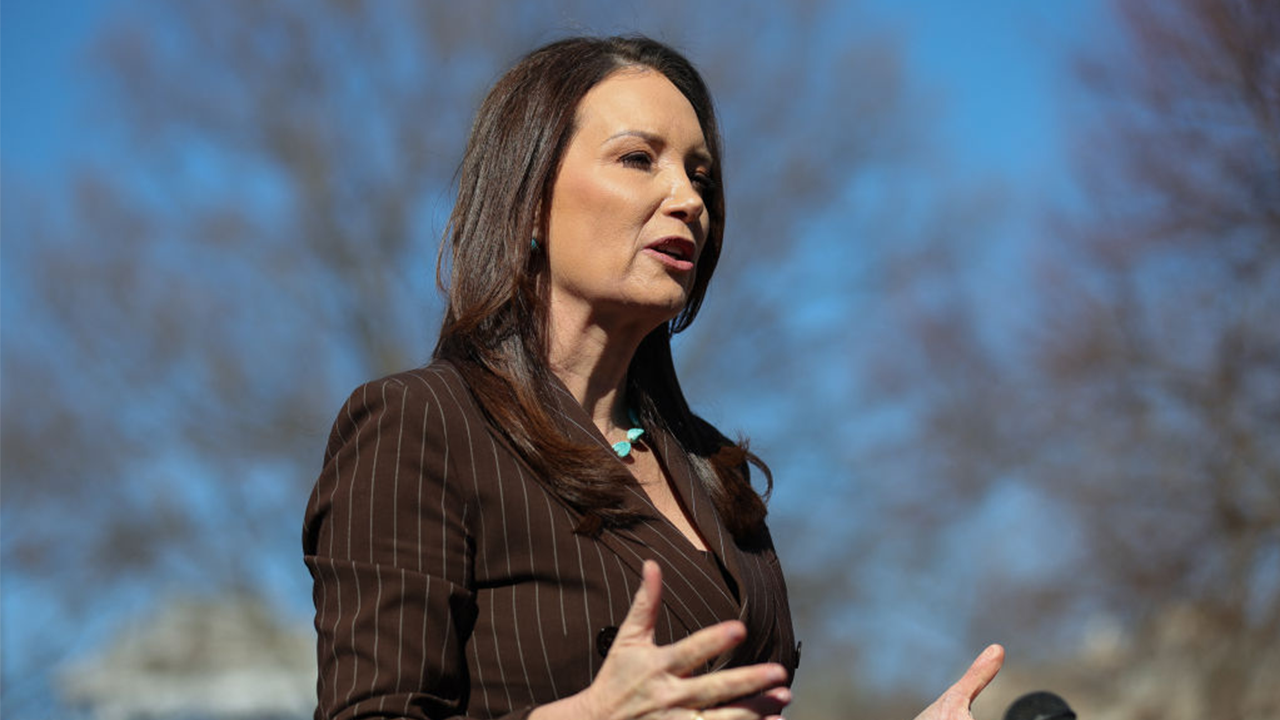
 Politics1 week ago
Politics1 week agoFederal department slashes millions in contracts, including $230K for 'Brazilian forest and gender consultant'
-

 Culture1 week ago
Culture1 week agoTilted Axis Press Took a Big Risk on Translated Literature. It Paid Off.
-
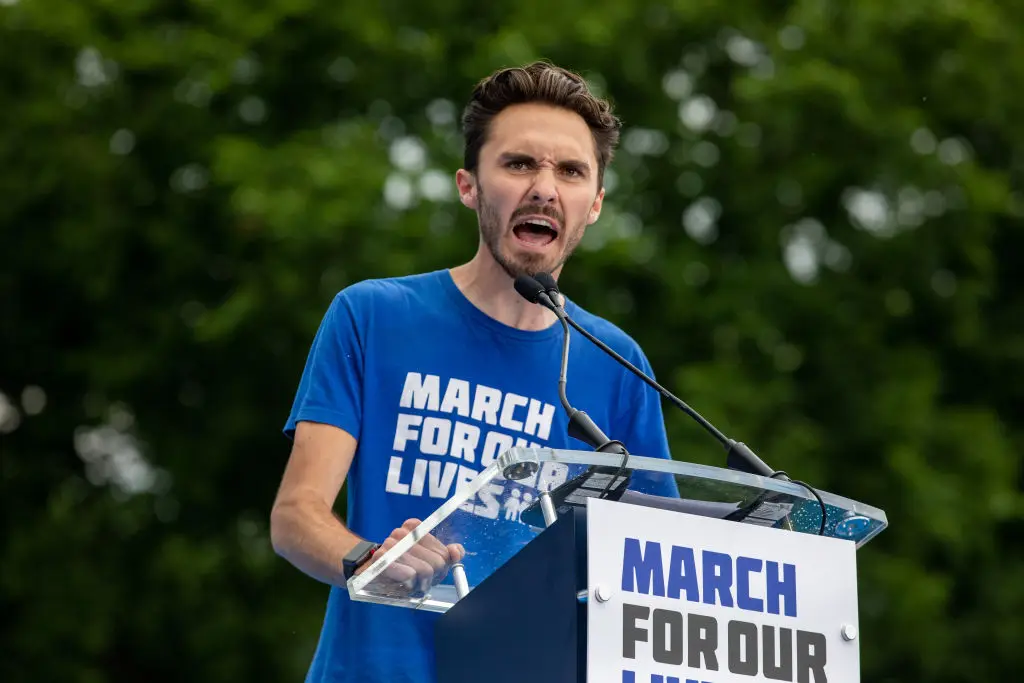
 Politics1 week ago
Politics1 week agoSome Dems already turning on Hogg two weeks into DNC vice chair gig: report
-

 Business1 week ago
Business1 week agoOne Fix for Ailing Movie Theaters? Becoming Nonprofits.
-

 World1 week ago
World1 week agoUN commander injured as Lebanese protesters torch car near Beirut airport
-

 News6 days ago
News6 days agoKamala Harris Has Scrambled the California Governor’s Race Without Entering It

